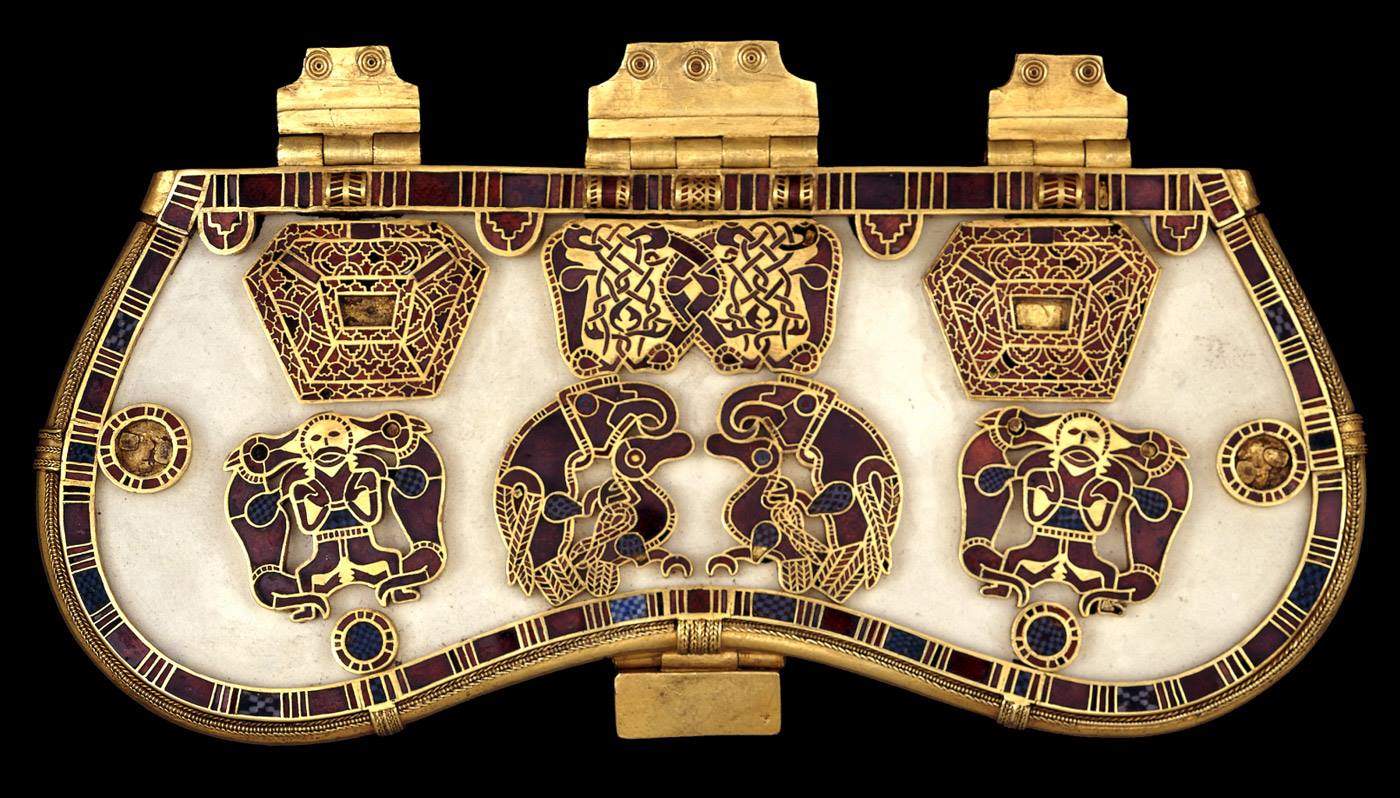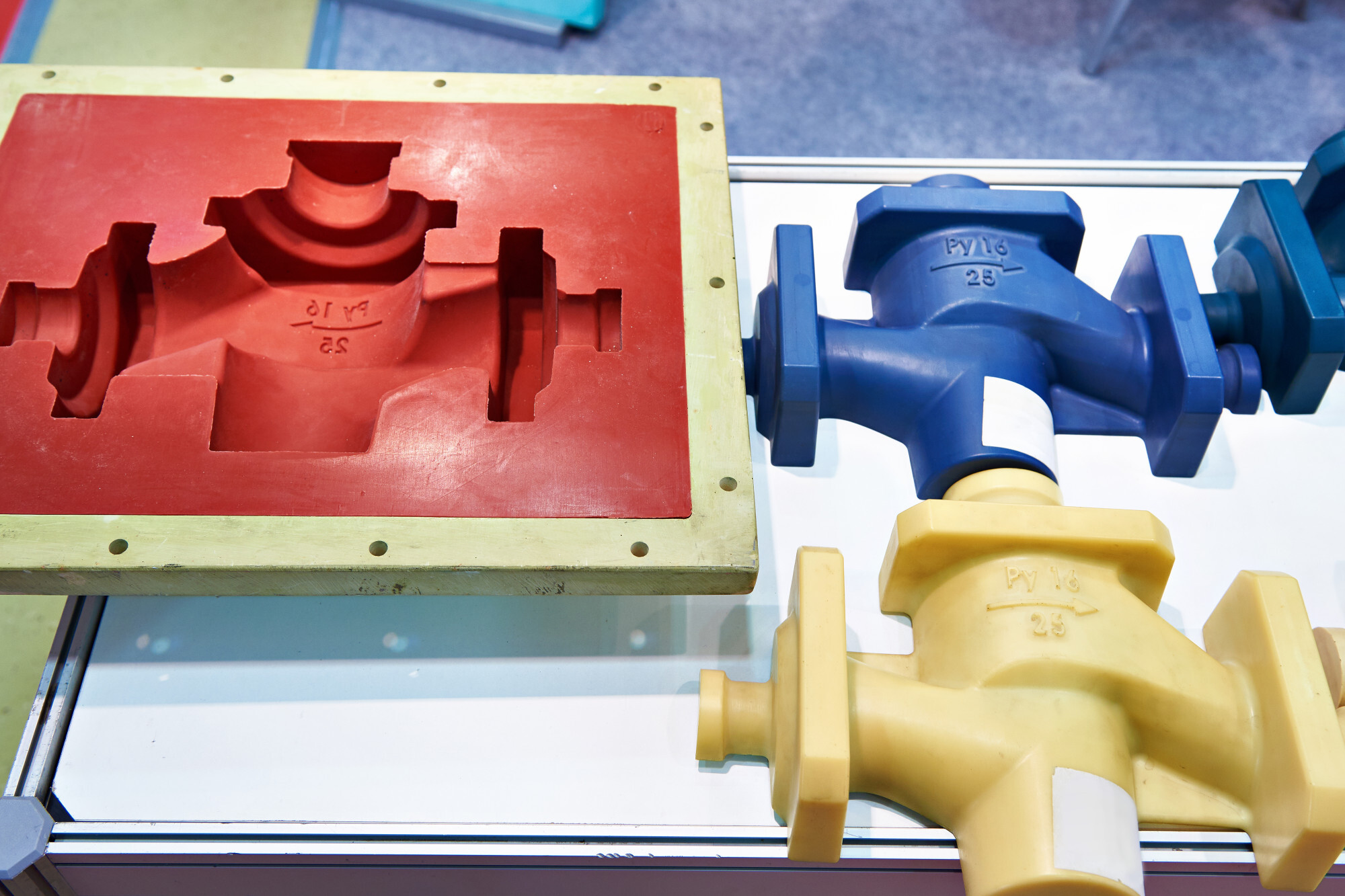It‘s crazy to think that you could fill the six smaller bottles with the content of the biggest bottle and still have some leftovers.
Impossible. First thing you need to do is fill the biggest botle, but to do that you have to go to the store.
To get to the store you have to reach half the distance, and the reach half the distance remaining, and then…But how fast was the glass traveling
As fast as the air velovelocity of an unladen swallow.
Calm down, Xeno.
Let’s commission a glassblower to make more bottles, each half the size of the previous one, until there are enough to store all the contents. We should negotiate a lump sum payment ahead of time, I think.
deleted by creator
yes, just one person being in the right place at the right time can change the world.
::: please don’t fix your typo :::
So wake up, Mr. Freeman. Wake up and smell the ashes.
I am always blown away by the difference just a little bit of circumcision can make.
I wonder how they were fabricated. Having precise units of measure and shapes that aren’t basic demonstrates mastery of glass work. These must have been mass produced, but without machinery or automation. But how?
2 part clay/brick or cement mold then blow air thru tube inside?
That sounds like metal molding. I didn’t think you can do glass that was. It’s blown.
You can mold fabricate blown glass.
Or are you saying Roman glass couldn’t be blown? It could
You can blow it into a mold to shape the outside too. It’s called blow molding
Oh, I didn’t know that. Thanks!
Probably the same way glass is made today. Get a clay or graphite (both can withstand high temperatures, and can be shaped easily) two-part mold in the size bottle you want. Using a known quantity of glass, (you can just weigh it) you clamp the mold around it and blow it. The air forms a bubble in the glass, which becomes the inside of the bottle. And the walls of the bottle quickly cool and harden (holding the shape of the bottle) when they hit the inside of the mold and it begins sapping the heat away like a heatsink. And since it was a known quantity of glass, you know how much volume inside of the mold is taken up by glass (and inversely, you know how much is taken up by air, which determines the bottle’s volume.)
It’s basically injection molding, but using air to fill the space instead of just injecting glass into the entire mold.
Interesting. It’s an art I didn’t get into. Thanks for the basic breakdown.
These must have been mass produced
Why must have they been mass produced? Couldn’t it be they’re like the equivalent of standardise weights which are used to calibrate other, less accurate measuring devices?
So for instance perhaps these were made with extreme care, but people also had copper pots and pans with some specific size. Like, idk, 4 serving cups or something. But the way theyre made is less accurate and you can just check your bowl by filling one of these and pouring the water into your bronze bowl and seeing how it fits.
Like perhaps taverns always serve a serving size of two cups (500ml is what we used to give as a serving in the army on every meal, as in the woods it’s always stew or mash or something else you can ladel.) and there’s a city inspector who can go around checking that taverns aren’t cheating people by having too small serving ladels of too small pints or something.
Idk thats more of a fantasy. Probably just a set for an apothecary. And this would’ve been somewhat rare, so definitely could get your measuring sets done custom. Which you probably needed to.
Sure, but I would think standardization of measurement wouldn’t mean much if it was a single person. I guess they could be selling something and perhaps have various amounts. That would seem to be a lot of work for something like that though.
Well no, it’s not a single person, but more like a rare person. How many people in the modern world own calibrating weights for scales? I don’t, and I’d actually need to calibrate my scales (I just check em with several coins to get more or less a known weight. But have to do several coins so it averages out the dents and dirt the coins might have.)
I’m just saying I don’t believe this accuracy is anything that would’ve been needed by an average citizen. So, not unique objects, but handmade specialised equipment. Probably most towns/cities would have only one or a couples of apothecaries, if any. These apothecaries on the other hand would have to get their specialised equipment either from knowing how to advice a craftsman how to make it, make it themselves, or get them from a bigger city.
I mean you still see the exact type of bottles in pharmacies as decoration. (Well we do here. I’ve gathered US pharmacies are a bit more… commercial.)
https://en.m.wikipedia.org/wiki/Apothecaries'_system#Origin
https://en.m.wikipedia.org/wiki/Ancient_Roman_units_of_measurement
I’m thinking they’re some of these:
Idk how lemmy will format but the numbers after mean unit, equal to, metric, imperial and US fluid:
acetabulum 1⁄48 congius 68 mL 2.39 fl oz 2.30 fl oz
quartarius 1⁄24 congius 136 mL 4.79 fl oz 4.61 fl oz
hemina or cotyla 1⁄12 congius 273 mL 9.61 fl oz 9.23 fl oz
sextarius 1⁄6 congius 546 mL 19.22 fl oz 0.961 pt 18.47 fl oz 1.153 pt
congius 1 congius 3.27 L 5.75 pt 0.719 gal 3.46 qt 0.864 gal
urna 4 congii 13.1 L 2.88 gal 3.46 gal
Imperfections are what make things unique and beautiful. Be they people or manufactured items. The fact that each of those jugs is slightly different than the others (not only in size) is something that we’ve lost in our homogenised, mass produced world and it makes me sad.
wow that’s cool. If I could time travel I would love to talk to the Pompeii person who made this
If you add ten more bottles, the last one could hold the entire solar system.
assuming the last one shown holds a liter, you’d get 2, 4, 8, 16, 32, 64, 128, 256, 512, and the last would hold 1024 liters. gonna have to push really hard to get Jupiter in there







